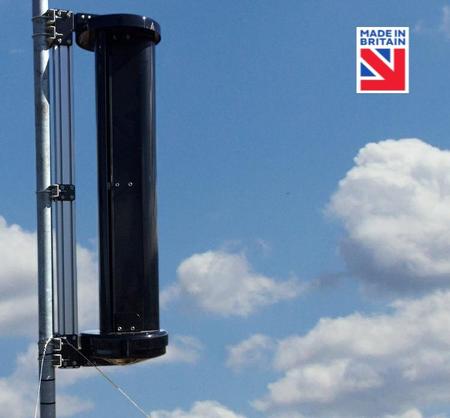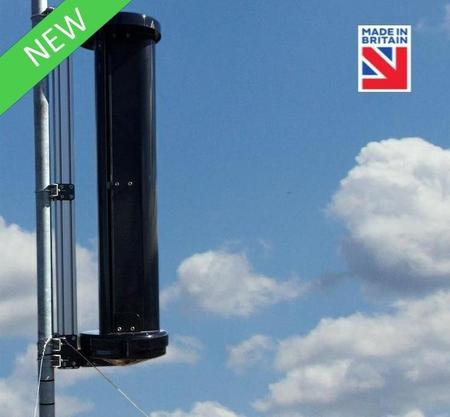Blog
Exploring the Best Off Grid Solar System: Real-World Applications in Remote Energy Solutions
As the global demand for sustainable energy solutions intensifies, the Off Grid Solar System has emerged as a pivotal technology for providing reliable power in remote locations. According to the International Renewable Energy Agency (IRENA), nearly 1.2 billion people globally still lack access to electricity, making off-grid renewable solutions essential for improving energy access in rural areas. The off-grid solar market is projected to reach USD 16.2 billion by 2025, driven by advancements in solar technology and decreasing costs of photovoltaic cells. By harnessing the sun's energy, off-grid systems offer a viable alternative for communities that are disconnected from traditional energy grids, providing not only environmental benefits but also economic opportunities. This blog will delve into the various types of off-grid solar systems, explore real-world applications, and compare their effectiveness in diverse settings, highlighting their growing significance in today's energy landscape.
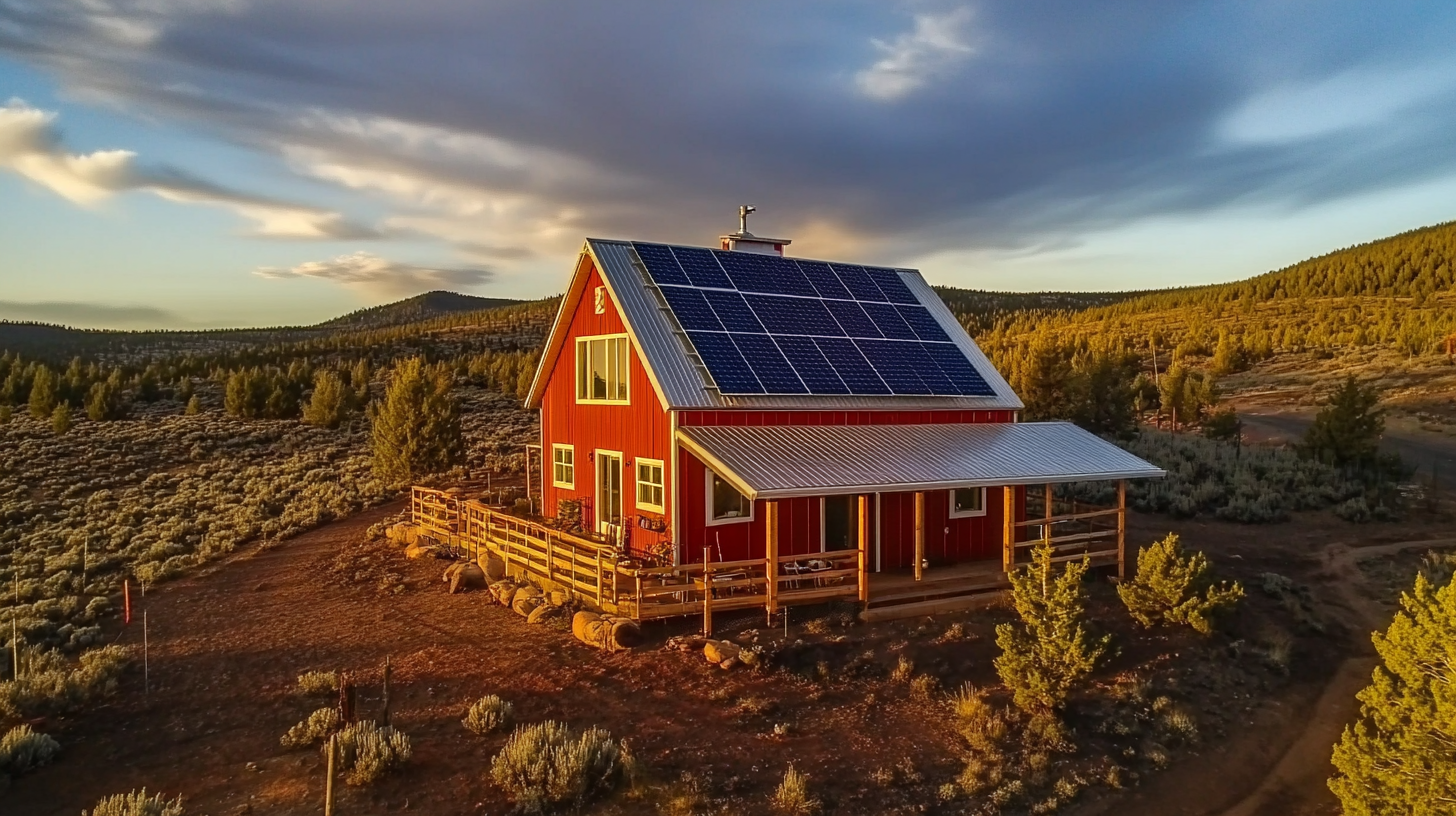
Understanding Off Grid Solar Systems: Key Components and Benefits
Off-grid solar systems are becoming increasingly popular as a reliable solution for individuals living in remote areas. These systems typically include several key components: solar panels, a charge controller, batteries, and an inverter. Solar panels capture sunlight and convert it into electricity, while the charge controller regulates the flow of energy to prevent battery overcharging. Batteries store the energy generated, ensuring a constant power supply, and the inverter converts stored DC power into AC power for household use. Understanding these components is crucial for anyone looking to invest in an off-grid system.
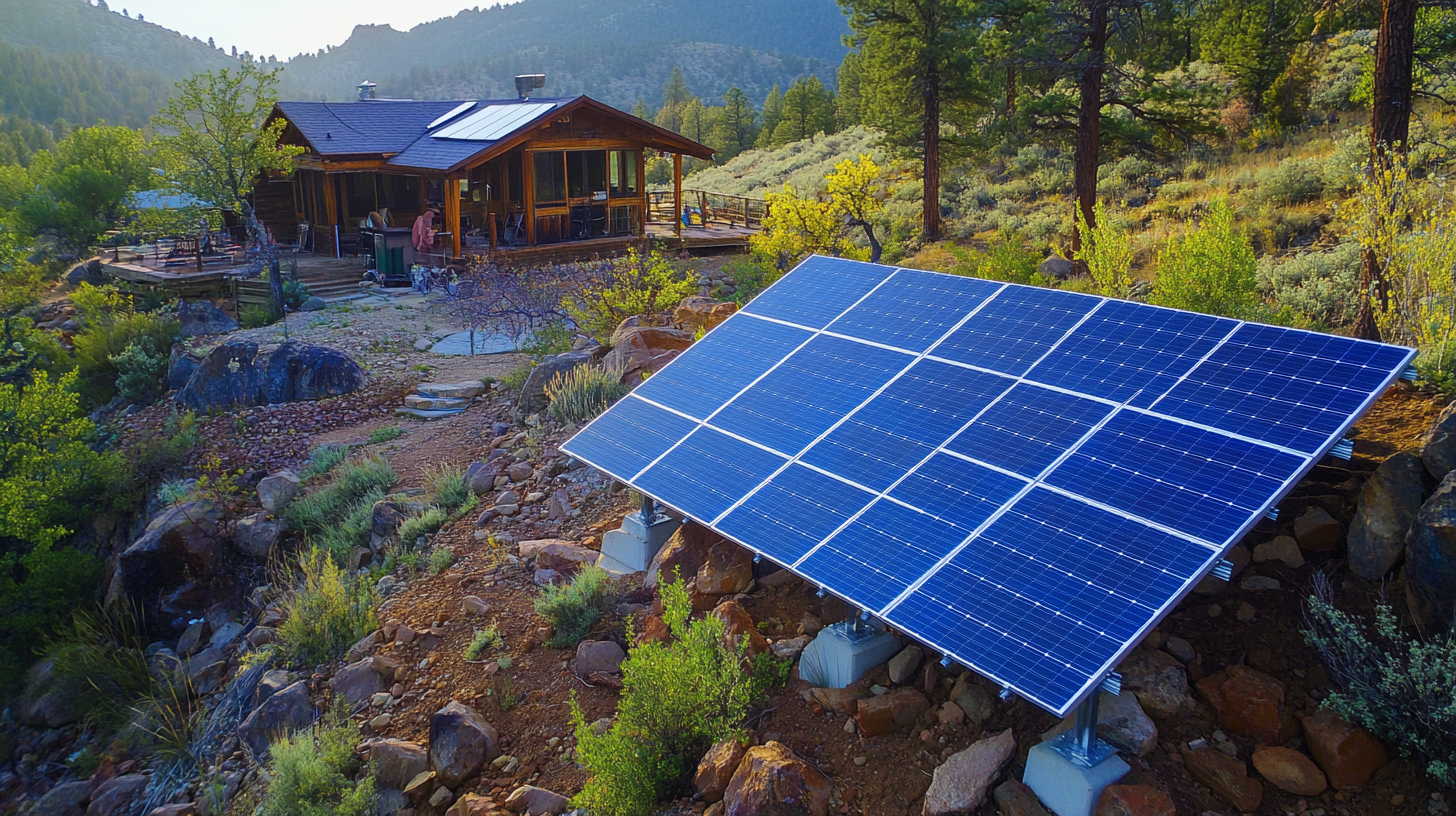
When considering an off-grid solar installation, it's essential to assess your energy needs accurately. This can be done by calculating the total wattage of appliances you plan to use. A good tip is to invest in energy-efficient appliances to maximize your energy savings. Additionally, consider the orientation and tilt of your solar panels; positioning them correctly can significantly increase their efficiency. Monitoring your energy consumption regularly will help identify any adjustments needed to optimize your system's performance, ensuring a sustainable and economical energy solution for years to come.
Navigating Import and Export Certifications for Solar Equipment
When venturing into off-grid solar systems, one crucial aspect to consider is navigating the import and export certifications for solar equipment. These certifications ensure that the components you use meet safety and efficiency standards, which is vital for the reliability of your energy solutions. Familiarizing yourself with the specific requirements of both your home country and the exporting country can significantly streamline this process.
**Tip**: Always check for the latest regulations and certifications needed for solar equipment. Websites of international solar organizations often provide updated guidelines and can be a valuable resource.
Additionally, consider partnering with suppliers who are knowledgeable about the certification process. They can help you better understand the nuances involved and might offer products that already comply with necessary regulations. This not only saves time but also potentially reduces costs associated with compliance failures.
**Tip**: Reach out to local environmental agencies or industry professionals as they can provide insights into common pitfalls and best practices in acquiring import/export certifications for solar installations.
Exploring the Best Off Grid Solar System: Real-World Applications in Remote Energy Solutions - Navigating Import and Export Certifications for Solar Equipment
| Application | Energy Source | Certification Required | Installation Complexity | Cost Estimate (USD) |
|---|---|---|---|---|
| Remote Cabin | Solar Panels | UL Certification | Moderate | 5,000 - 10,000 |
| Agricultural Use | Solar Pumps | ISO 9001 Certification | High | 3,500 - 8,000 |
| Emergency Backup | Solar Generators | CE Marking | Low | 1,000 - 5,000 |
| Recreational Vehicles (RVs) | Portable Solar Kits | Rohs Compliance | Low | 500 - 2,500 |
| Telecommunication Towers | Solar Energy Systems | FCC Certification | High | 15,000 - 30,000 |
Real-World Applications: Success Stories of Off Grid Solar Solutions
Off-grid solar systems have emerged as transformative solutions for remote communities, providing a reliable source of energy where traditional infrastructure is lacking. One compelling example is the village of Gulu in Uganda, where solar microgrids have made a significant impact. These systems powered by solar panels not only light up homes but also energize local businesses, allowing shop owners to extend their hours and boost sales. Residents report a newfound sense of security and community vibrancy, highlighting the socio-economic benefits of embracing renewable energy.
In another success story, the island of Ta’u in American Samoa has transitioned to a 100% solar-powered energy system. Featuring a vast array of solar panels along with battery storage, Ta’u has reduced its reliance on imported fossil fuels, significantly cutting energy costs and environmental impact. This initiative not only fosters energy independence but also serves as a model for sustainability that can be replicated in similar isolated regions worldwide. These real-world applications of off-grid solar technology exemplify how innovative energy solutions can empower and uplift communities, paving the way for a cleaner, more sustainable future.
Exploring Success Stories of Off Grid Solar Solutions
How to Design an Efficient Off Grid Solar System for Remote Areas
Designing an efficient off-grid solar system for remote areas requires a comprehensive understanding of both energy needs and local environmental factors. According to the NATIONAL RENEWABLE ENERGY LABORATORY (NREL), the average solar panel can produce around 300 watts per panel under optimal conditions, translating to approximately 1,200 kilowatt-hours per year for a single panel. In remote areas with limited energy infrastructure, optimizing the layout and placement of solar panels is crucial to maximizing solar exposure and energy production.
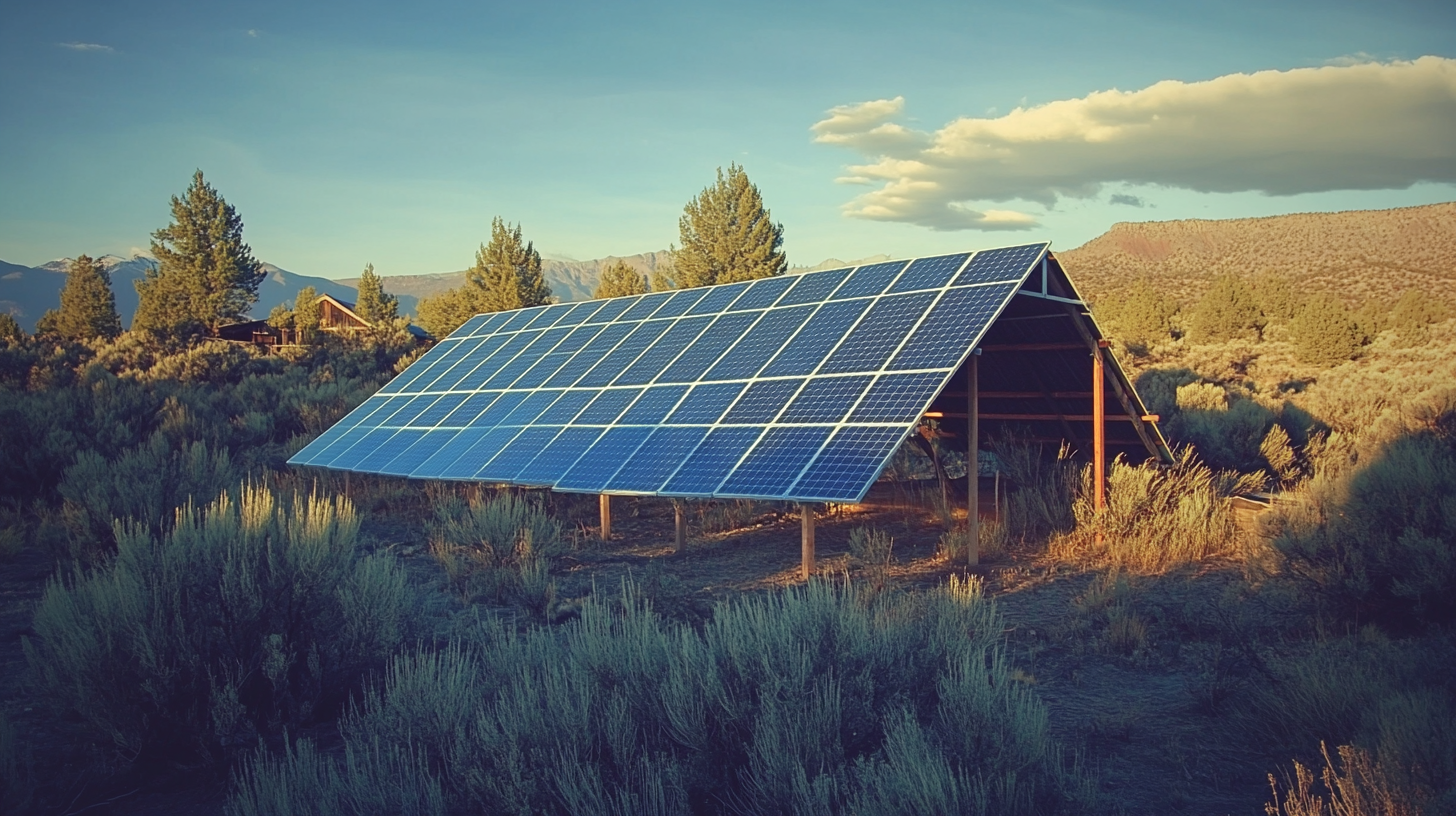
In addition to panel placement, it's essential to consider energy storage solutions. Recent industry reports indicate that lithium-ion batteries, which currently dominate the market, have a cycle life of about 2,000 to 5,000 cycles, making them a reliable choice for off-grid systems. When designing the system, integrating a battery bank that can store enough energy to support peak usage times is vital. For instance, using a battery system that can store at least 10 kilowatt-hours can support daily needs for small households or remote businesses, ensuring a steady power supply even during cloudy days. By carefully selecting components and configuring the system, residents in remote areas can achieve energy independence and sustainability.
Choosing the Right Components: Inverters, Batteries, and Panels Explained
When it comes to building an effective off-grid solar system, selecting the right components is crucial for achieving optimal performance. Inverters, batteries, and panels are the backbone of any solar setup, and understanding their functions and compatibility can significantly enhance energy reliability. According to the National Renewable Energy Laboratory (NREL), a well-matched inverter can boost the overall efficiency of a solar system by up to 10%. This means that choosing between string inverters, microinverters, and power optimizers should be informed by the specific energy needs and installation type.
Batteries, on the other hand, serve as the storage solution for excess energy generated during sunlight hours. The most common types of batteries used in off-grid systems are lead-acid and lithium-ion. A report by BloombergNEF suggests that lithium-ion batteries are gaining popularity due to their higher energy density and longer lifespan, averaging about 10-15 years compared to lead-acid batteries, which last approximately 3-7 years. Moreover, when properly sized, a lithium-ion battery system can provide more consistent power availability, ensuring energy security even during periods of low sunlight.
Finally, solar panels convert sunlight into usable electricity, with efficiency ratings typically ranging from 15% to over 22%. Choosing high-efficiency panels from manufacturers like SunPower or LG can significantly scale back the space needed for installation while maximizing energy output. The Solar Energy Industries Association (SEIA) reports that advances in solar technology are projected to improve efficiency further, making it essential for off-grid systems to incorporate the latest innovations for enhanced performance and sustainability.
Tell us about your project
Our Off-grid experts will come back with recommendations




